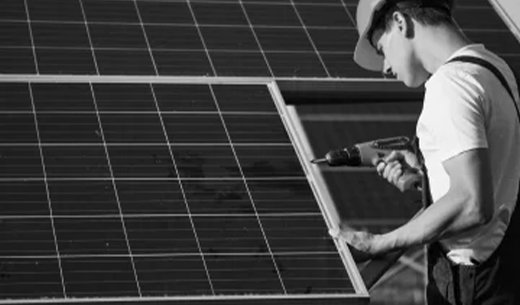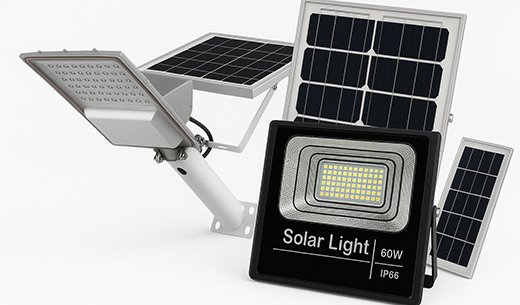The Rise of Neon Nightlife
In recent years, neon-lit nightlife has taken over cities worldwide. From Tokyo to New York, vibrant bars, clubs, and lounges are transforming urban landscapes into immersive, technicolor experiences. The explosion of neon signage is not just a passing trend; it’s a symbol of the evolving relationship between entertainment, architecture, and culture.
A Brief History of Neon
Neon lights have been around since the early 20th century, when they were first used in advertising billboards. However, their use in nightlife settings gained momentum in the 1980s with mrwincasino.uk the rise of clubs like Studio 54 in New York City. These iconic venues showcased neon’s potential as a tool for creating an immersive atmosphere.
The Neon Revival
Fast-forward to the present day, and neon has experienced a full-fledged revival. Cities are witnessing an influx of new bars, clubs, and lounges with elaborate neon installations. Tokyo, in particular, is renowned for its dazzling array of neon lights, which now stretches from Shibuya Crossing to the Tokyo Tower.
The Psychology Behind Neon
So, why do we flock to these glowing hotspots? The answer lies in psychology. Humans are naturally drawn to bright colors and vibrant environments, which stimulate our brains’ reward centers. Neon lights tap into this primal response, creating an instant sense of excitement and energy.
Moreover, neon’s high-intensity light is a form of social currency – it speaks to our desire for connection and belonging. We gather in these spaces to experience the collective thrum of energy and community that comes with being surrounded by like-minded individuals. The resulting atmosphere is electric: we feel alive, connected, and part of something greater than ourselves.
Neon’s Impact on Urban Landscapes
The proliferation of neon signage has a profound effect on cityscapes. As once-dreary streets transform into vibrant thoroughfares, urban planners are taking note. Cities like Las Vegas have incorporated neon-heavy designs into their master plans, recognizing the financial and aesthetic benefits.
However, this trend also raises concerns about over-reliance on visual spectacle and potential gentrification. Neighborhoods with a rich cultural heritage risk being homogenized by neon’s gleaming facades, erasing their unique character in favor of Instagram-worthy backdrops.
Neon Nightlife Around the World
While Tokyo and Las Vegas may be the most famous examples of neon-drenched nightlife, cities worldwide are embracing this trend. Some notable destinations include:
- New York City : Where Times Square’s bright lights have given way to a more subtle, yet equally vibrant approach in neighborhoods like Williamsburg.
- Berlin : Where Kreuzberg’s graffiti-laden streets meet the sleek, high-tech aesthetic of neon bars and clubs.
- Bangkok : Where Thonglor’s luxury hotels and bars boast gleaming neon facades that seem to dance through the night.
Challenges Ahead
As neon nightlife continues to evolve, several challenges arise:
- Sustainability : The environmental impact of high-energy lighting is becoming a pressing concern. Cities must balance their desire for visual spectacle with more eco-friendly solutions.
- Over-saturation : If too many bars and clubs rely on neon signage, the novelty wears off, and the urban landscape becomes monotonous.
- Authenticity : As cities become more tourist-friendly, authentic experiences risk being lost in a sea of kitschy attractions.
Conclusion
Neon nightlife is an ever-changing tapestry of color and sound that reflects humanity’s ongoing quest for excitement and connection. While challenges lie ahead, this vibrant phenomenon has undoubtedly left its mark on urban landscapes worldwide. As we navigate the complexities of neon’s impact, one thing remains certain: the allure of a glowing cityscape will continue to captivate us – for now, at least.




